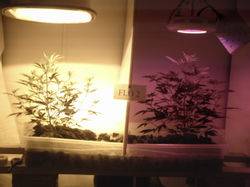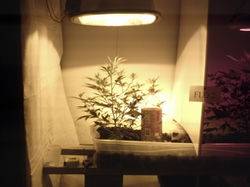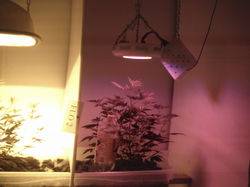Cerebral*High
New member
There's a new light about to hit the market!
It looks to have serious potential over anything eles so far!
It looks to have serious potential over anything eles so far!
ganjadreams420 said:also, american grower since you seem know everything, how much are the plants in my backyard gonna give me for christmas? thanks nastradomus
 just like that UFO light
just like that UFO light  next question..
next question.. 
NoSayHombre said:HAHAHAHA.....here's someone who has been here for almost two years and doesn't have a single picture in HIS gallery, complaining about someone not having "photographic proof" of what he has done. Boerman has posted pictures. What have YOU done, jipedestran? You guys don't believe what he says, why would you believe pics he posted? Maybe you just don't really know what buds look like.
Americangrower said:Zero they won't be ready by thenjust like that UFO light
next question..

You can see it better than the one on the left!? Looks fine?Boerman said:OK, people have been asking for this so I am going to give it a try.
As many may know, I wanted to see for myself how current LEDs perform compared to HID lighting. So I set up a side by side grow using a switchable digital 400w HID on one side and a 82w LED array on the other side.
I got the LED array from HIDhut. I did not build it, so I can't answer as many questions as I am sure as I will get. My understanding is that the LEDs are 1w, 637s. 10 of the LEDs are blue. The array is a prototype and you will see, if I can get the pics to load, that the power supply is external. They are expecting a shipment any day now and all the ones they will have will have the power supply internal.
The setup is a 5' x 3' cab with a divider in the middle. Three sides are closed, 1 side is open for observation and to allow the ambient temps to equalize as much as possible. The plants are clones that were taken/rooted at the same time, from the same mom. They are being grown in a e/f setup. I don't normally grow e/f, but I wanted them to share the same nutes at the same time so, hopefully, there is no bias in the feeding. I am also not using any cutting, bending, tying, pruning etc. techniques so as to avoid any potential favoritism. The HID light has been kept about 18" above the plant top. Although the LED has been kept much closer, I haven't set it right on top of the plant because most people don't just grow a single plant and I want to see a more expanded footprint that is closer to typical growing conditions. The plants were vegged for 3 weeks and are now in the 3rd day of 12/12.
I just got this camera and have no idea how well this is going to turn out, but here goes. This pic is side by side with lights on.

This one is the HID side with a 2 liter bottle to the right of the plant.

And this one is the LED side with the 2 liter on the left of the plant.

I may try finding another light to shine on the LED side for pics. They don't turn out too good under the red light. Screws with your vision pretty quick, too.
B

What light would that be?Cerebral*High said:If you think I'm Chatting about a UFO light? you are mistaken